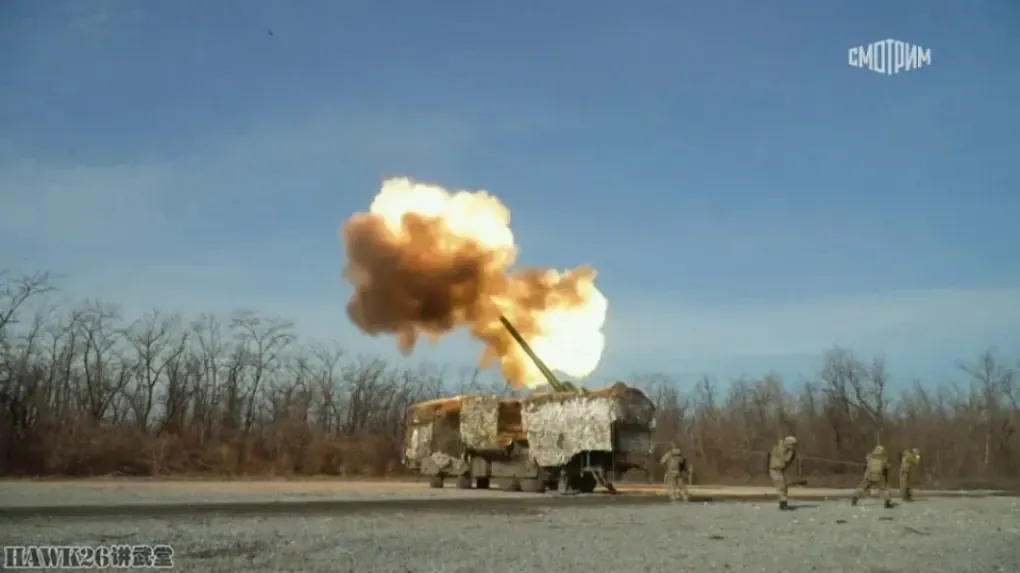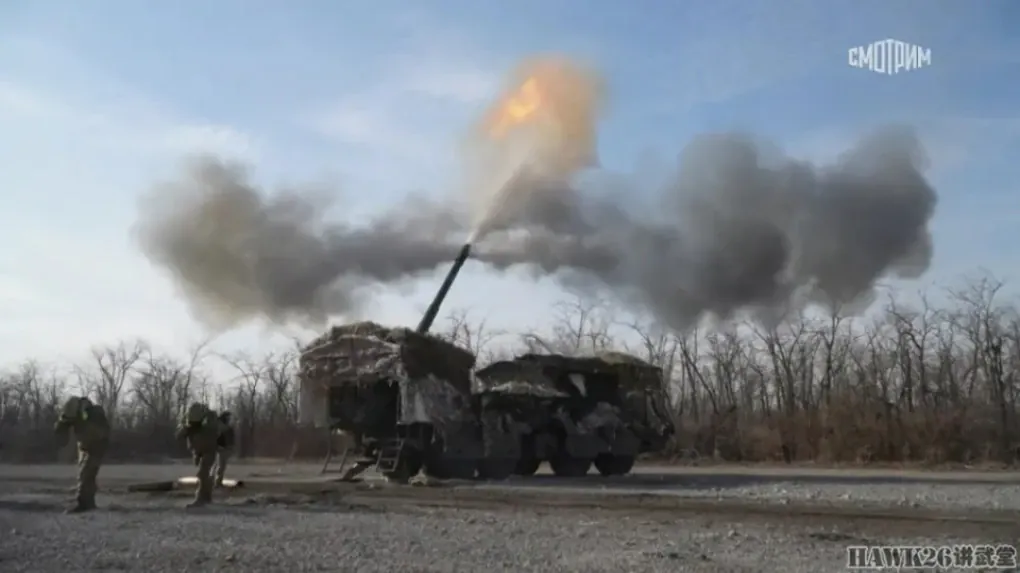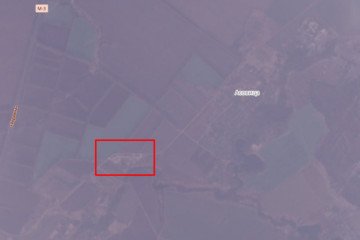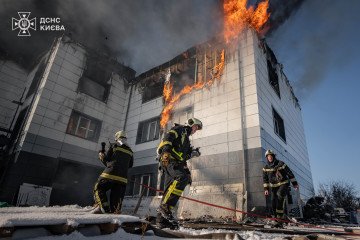- Category
- Latest news
New Russian Hyacinth-K Howitzer Rolls Into War—But Even Moscow Doesn’t Trust Its Survival
-7f3ffe2830bbbed7f89da90f74d75908.jpg)
Russia’s new 152mm wheeled self-propelled howitzer, the 2S44 “Hyacinth-K,” has arrived on the front lines in Ukraine—only now it’s sporting improvised protective gear in a bid to survive the drone-dominated battlefield, Ukrainian defense media outlet Defense Express reported on July 3.
New footage marks the first confirmed appearance of the 2S44 in operational conditions, rather than on parade grounds or training fields. While there had been earlier speculation about its deployment, this is the first clear visual confirmation that the system is in active use at the front.
The Hyacinth-K, based on the BAZ-6910-027 “Voschina” wheeled chassis, is essentially a Soviet-era 2A36 towed howitzer retrofitted for self-propelled mobility.
However, the core assumption behind this upgrade—that wheeled artillery can “shoot and scoot” quickly enough to avoid enemy fire—has been turned on its head by the prevalence of Ukrainian reconnaissance and strike drones.
“The dominance of drones has sharply reduced the advantages of mobility,” a Ukrainian analyst noted. “Today, dug-in artillery is often far more survivable than anything on wheels.”
-47615cb2aee5813817294da821ba9633.png)
To mitigate these new threats, Russian forces have bolted on layers of makeshift protection. Photos show the Hyacinth-K outfitted with anti-drone cages and metal mesh screens over the crew cabin, gun compartment, and flanks.
The breech area—where shells are loaded—is only partially shielded by a mesh net that must be raised during firing, leaving it exposed.
These additions appear aimed at fending off first-person-view (FPV) suicide drones, which frequently target the barrel or loading mechanism to disable guns without destroying the entire vehicle. That’s a serious concern, especially given Russia’s inability to mass-produce new artillery systems like the Hyacinth in large numbers.
While the protective measures may offer marginal improvements in survivability, they come at a cost: increased setup time before firing, and diminished mobility, ironically undercutting the very advantage wheeled systems were designed to exploit.
Russia has also used a similar concept with the 2S43 “Malva,” another self-propelled gun that repurposes a towed howitzer and can be fitted with similar drone defenses.
Earlier, reports emerged that since the beginning of 2025, Ukrainian forces have destroyed 6,186 Russian artillery systems, bringing the total to 19,236 since the beginning of 2024.








-111f0e5095e02c02446ffed57bfb0ab1.jpeg)
